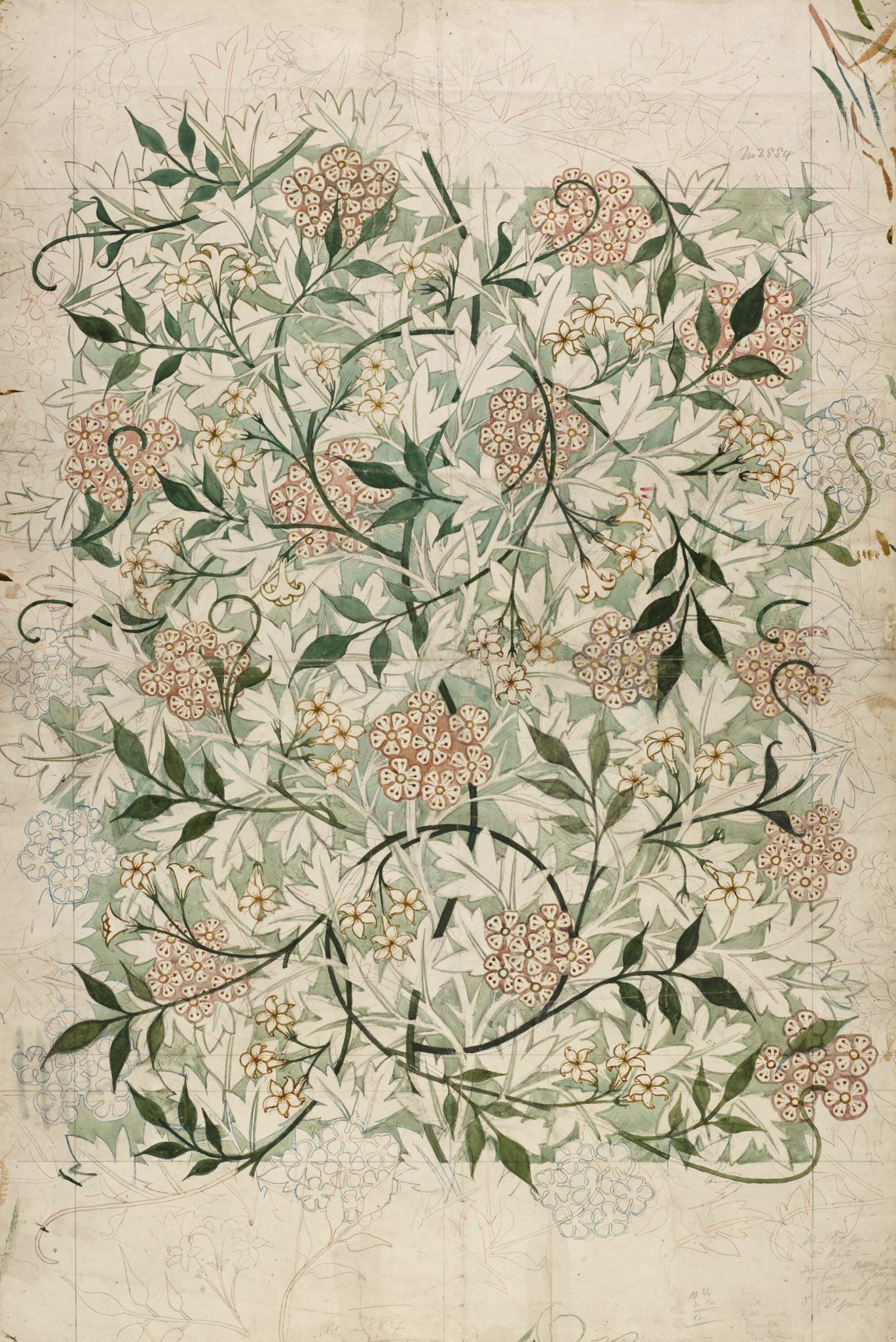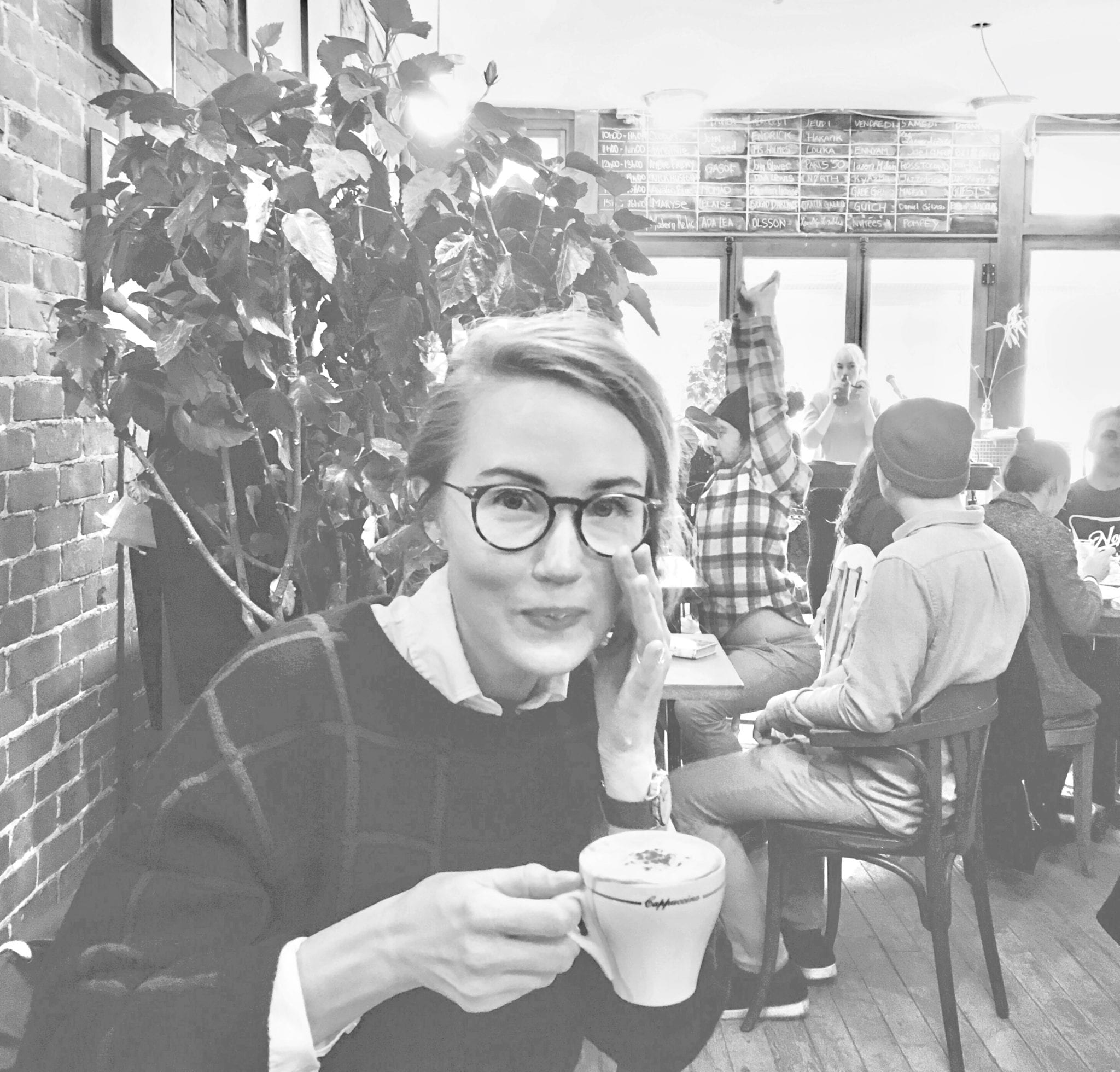
I was having a conversation with a friend recently. She pointed out how much internet-writing-about-motherhood seems intent on telling you what you need to know that no one ever told you. I’m sure I clicked any and all articles that promised such a thing in preparation for the birth of my first son, three and a half years ago. I’m sure I’ve clicked on plenty this time around, too.
Incredibly, very little that I read about labor and delivery arrived with mental clarity while actually giving labor. The proliferation of tips on nap training and breastfeeding did not, in fact, make me an expert upon arriving to those tasks. People said it would be hard; but it was harder than the word “hard” could possibly conjure in my imagination. People said it would be good; but it was better than the word “good” could ever possibly capture.
What you can’t know
The thing (my friend and I realized in conversation) about preparing for something you’ve never, ever done before—and something that is unlike almost anything else you will do, until you do it—is that there’s nowhere for that information to “stick” in your brain. We (or at least I) learn by connecting new information to things already known. We need some overarching category so that the data points can be organized (and internalized) according to it. But as a person who studied theology and philosophy throughout undergrad and grad school, let me tell ya: there are times when language and logic fall short, where the mind has insufficient tools for understanding certain ineffable realities; there are times we cannot know how deep the water is until we get off the dock and dive in. There are times when the categories only emerge in the immersion of the new experience, and not a second sooner. There are times we turn to poetry and music and metaphor; times we cannot possibly retain wisdom without wading into those waters.
If you are bracing yourself for a season for which you cannot fully prepare or cannot fully understand before entering it, I don’t have advice to offer. Because the thing that jolted me the most in my first season of new motherhood (and the things that jolted me in raw days of grief, and in the early months of marriage) were never on any list I found. The only real recommendation I have is to enter it. This reflection cannot serve someone who does not yet know what’s to come; it’s to encourage those who have waded in to wonder at what they might know that they didn’t before.
Losing my interior life
My first season of postpartum caught me, as I suspect it catches everyone, completely and utterly off guard. I couldn’t even muster the bandwidth to do those now-standard-millennial-monthly-photo-updates, wherein a serenely posed baby is placed (first laying, then upright) next to a stuffed animal that it slowly dominates in size. Reader, I tried. But the 5th would arrive each month and I would find there were no clean cute onesies, no time of calm between fussy naps and feedings, no way I was going to spend what little energy I had orchestrating a photo shoot when I could instead use those minutes for more rest.
I recall distinctly feeling that I lost access to my own inner voice, that calm and quiet space that seems most available, most accessible, when I’m not totally overwhelmed.
So many people, even fellow new moms, talk and warn about what we “lose” in those early days postpartum: time, sleep, control of bodily functions, a sense of autonomy, adult conversation (and, related, a brain that is capable of adult conversation rather than fatigue-induced babble), hobbies, routines, the chance to shower consistently—and more. But one of the most striking things I felt I lost (and that no one warned me about) was my sense of interiority. I recall distinctly feeling that I lost access to my own inner voice, that calm and quiet space that seems most available, most accessible, when I’m not totally overwhelmed.
Instead of interiority, I felt like my whole life—my whole self—was fully and forcefully externalized. Everything was about eating, cleaning, nursing, washing, rocking, monitoring, finally showering, finally sleeping—attending to the extremely physical and embodied needs of two tired humans. To be honest, I didn’t even wish for the return of my interior life. I didn’t wish for the thing I long associated with “depth” or personality. I didn’t wish to be reading or writing or having expansive conversations with friends because, when I tried those things, they didn’t seem to fit who I was anymore. I didn’t have that capacity, and I didn’t lament it. My life turned upside-down, and my self turned inside-out.
I remember thinking to myself, well, okay. I guess the creative and spacious season of my life is done. I hope I honored that season well, and I hope I receive the next one with grace.
Returning to myself
I know now that that interiority and creativity returns. And in my experience, when it returns, it’s better and deeper and richer for having spent so much creative energy on creating and sustaining life rather than working in abstractions.
Let me tell you what I mean. I wrote this in an email to a writing mentor shortly after my son’s second birthday:
The many things that have been pinging around for the past five years have suddenly seemed so obviously connected to each other, and now I can finally see this coherence and connection that I’ve felt for so long. I suspect this dawning is due in part to the ways my voice and style and sensibilities have changed since the havoc wreaked on my identity by pregnancy, childbirth, and the sheer survival of life postpartum. I think I have released the conception of creativity as a matter of output and realized that there’s a gritty physicality to simply moving the world with a thousand distinct concerns, priorities, motivations, and relationships to navigate; I’ve realized that packing a diaper bag really well for a day away from home requires stretched creative capacity like no writing prompt has yet to evoke from me. Now when I sit down at the computer or my notebook to write, I feel rather than think. I sense I am returning to myself, but more or better or something, and it is lovely.
Setting the table
What does all this have to do with movement, this month’s theme at W&D? It’s that now I know to expect loss, to expect non-movement of a certain sort (amid the actual constant embodied hustle and bustle) for life in that postpartum space. As I count down the weeks till June, when my second son is due, I am anticipating—but not dreading—an acute disconnection to a part of myself that I cherish. And I am also anticipating that that part of me will return, and that she will be steeled and stretched by this season, too.
This time around, I am not preparing for birth by consulting baby registries and breastfeeding books. Instead, in preparation for my second son and my second season of postpartum, I’m treating myself to a small retreat. Three nights and two days at the family cabin—nothing difficult to coordinate. My plan is not to catch up on sleep in advance (as if that were possible) or relax before the chaos. No facial treatments or massages or babymoon. There will be walks, books, and writing. My plan is to leave myself some breadcrumbs, some clues, about the creative goals and ideas and momentum I have now that I may very well (and with good reason) forget or neglect come June.
My plan is to leave myself some breadcrumbs, some clues, about the creative goals and ideas and momentum I have now that I may very well (and with good reason) forget or neglect come June.
When it’s time for that creative movement again, when the postpartum fog begins to lift, I want to meet myself there. I want to take the time now, not to relearn methods to swaddle and sway—which will come back as muscle memory regardless of reading in advance—but to set the table for that future Ellen, who I know will come hungrily back to the interior life when she finally can.

Ellen likes reading and writing and thinks homebodiness is a virtue. She has her MA in religion from Yale and works as the head writer & editor at a research institute dedicated to understanding the inner and outer lives of young people. She has one plant, one tattoo, one baby, and an identical twin. Contrary to all conventional wisdom, she regularly brings up both religion and politics at the dinner table.